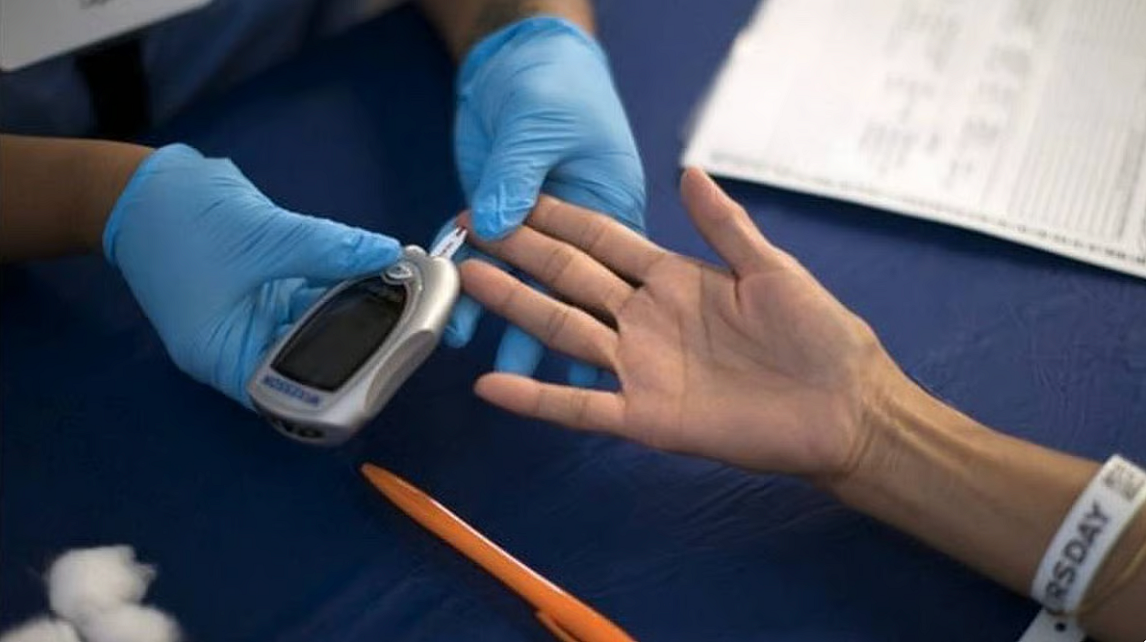
UAE: Think Diabetes Is Expensive? Medical Bills Only 5% Of The Real Cost, Study Shows
Living in the UAE with rising blood sugar levels? A new study warns that the true cost of diabetes goes far beyond hospital bills. The bigger toll may be the years of work, income, and productivity quietly lost as the disease spreads across the country.
A study published by the University of Birmingham Dubai in collaboration with the World Health Organisation (WHO) shows that only 5.7 per cent of the UAE's diabetes burden comes from medical expenses. The remaining 94.3 per cent stems from indirect losses that directly affect people's lives.
Recommended For YouLed by Dr Khalifa Elmusharaf, associate professor and director of the Public Health Programme at the University of Birmingham Dubai, the study highlights a steady rise in diabetes cases over the next two decades - and what this means for families, incomes, and long-term stability.
Stay up to date with the latest news. Follow KT on WhatsApp Channels.
More cases, pressure on UAE residentsAccording to the study, the UAE recorded 835,629 diabetes cases in 2023. This number is projected to rise to 1,028,741 by 2030, and expected to grow to 1,211,327 by 2040. By 2050, more than 1.3 million residents are expected to be living with the disease.
Deaths linked to the disease are also set to climb. The study recorded 3,777 deaths in 2023, rising to 5,045 by 2030. By 2040, diabetes could cause 7,161 deaths annually before reaching 5,920 deaths in 2050. According to the study, these early deaths represent major losses in working years, which is considered to be one of the biggest contributors to the economic burden.
Economic impact on UAE residentsThe economic burden of diabetes in the UAE reached $19.5 billion in 2023. But only a small part of this was spent on medical treatment. The remaining came from:
- lost productivity
missed workdays early retirement
premature deaths
What this means for residents is that the silent cost of diabetes often shows up outside the clinic, in reduced income, disruptions to career progression, and long-term financial pressure on families.
By 2030, diabetes is expected to cost the UAE $24.7 billion, rising to $30.3 billion in 2040 and $30.3 billion again in 2050, adding more weight to individuals income and the national economy.
$1.5 trillion threat by 2050 in MENAThe study warns that across the Middle East and North Africa (Mena), the money spent and lost due to diabetes could reach $1.5 trillion by 2050. In 2023 alone, the region incurred $639 billion in economic losses.
“The majority of this burden, nearly 90 percent, comes from lost productivity, not hospital bills. If we continue to underinvest in prevention, the human and economic costs will become unmanageable,” said Dr Elmusharaf.
Calling for attention from the authorities, Dr Elmusharaf said:“This study sends a clear message to policymakers that diabetes is silently draining our economies.”
The burden is driven mainly by indirect costs, which make up nearly 90 per cent of the total regional impact. The region recorded over 74 million people living with diabetes in 2023, with 830,000 deaths linked to the disease that year. By 2050, diabetes cases could rise to 150 million , with deaths reaching 2 million annually .
Researchers used a cost-of-illness model and measured premature death impacts through the Value of a Statistical Life-Year (VSLY) approach, capturing long-term economic losses.
The study urges urgent investment in prevention and early diagnosis, the wider region will continue to face increasing health and economic challenges.

Legal Disclaimer:
MENAFN provides the
information “as is” without warranty of any kind. We do not accept
any responsibility or liability for the accuracy, content, images,
videos, licenses, completeness, legality, or reliability of the information
contained in this article. If you have any complaints or copyright
issues related to this article, kindly contact the provider above.


















Comments
No comment